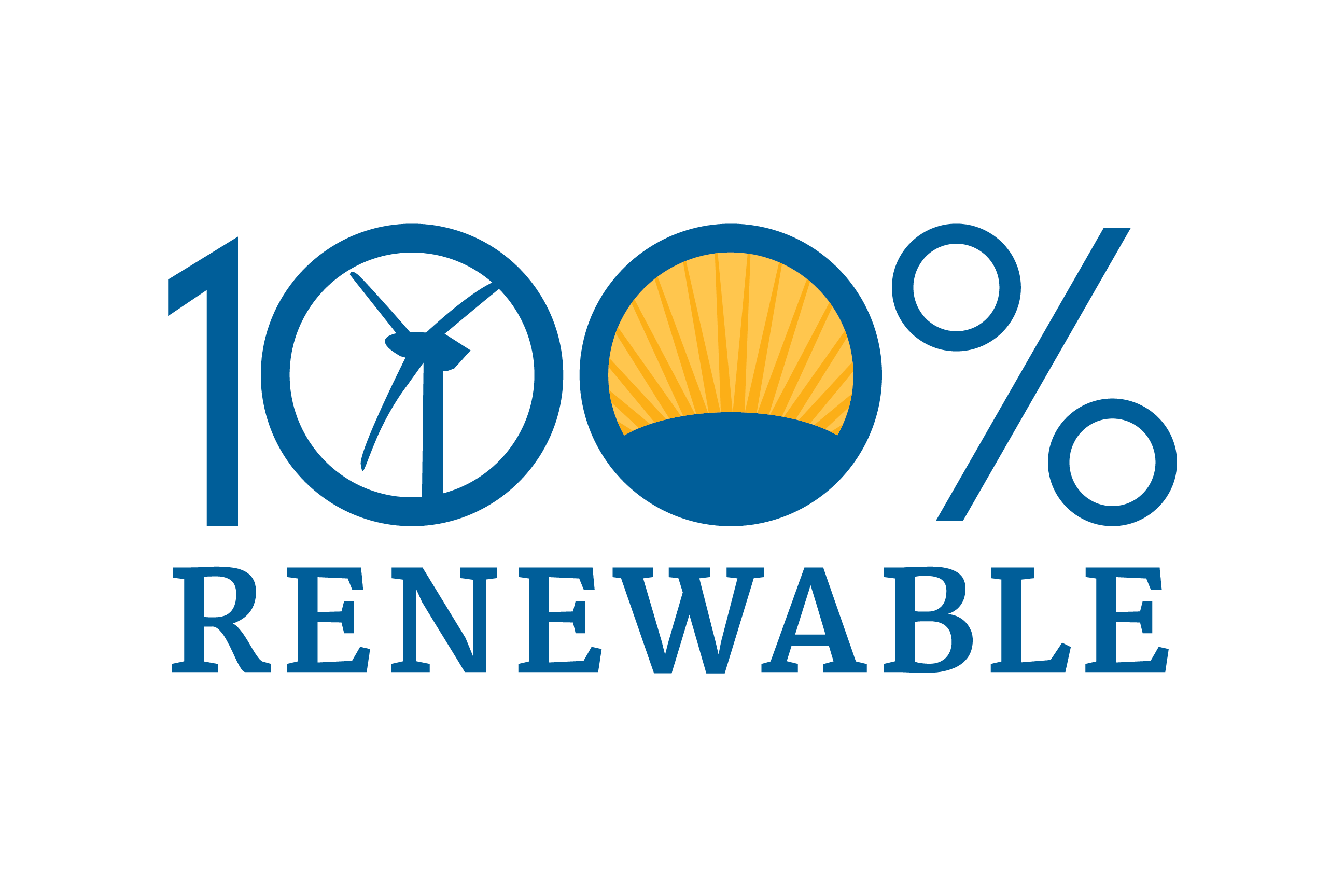Butte College is a community college located on a beautiful campus of open spaces and grassy hills about 130 miles northeast of San Francisco, and has long demonstrated a commitment to environmental sustainability.
In 2011, Butte College became the nation’s first college campus to become “grid positive,” meaning that the college generated more electricity than it used, thanks to 25,000 solar panels installed since 2005. The project was funded in part by Clean Renewable Energy Bonds, low-interest loans that were made available through the American Recovery and Reinvestment Act until 2017. Butte College has since added several new buildings, but the solar panels still supply three-quarters of the growing campus’ energy needs and avert carbon dioxide emissions equivalent to those produced by more than 1,000 passenger vehicles.
Butte College made the most of a built environment that is perfect for clean energy projects. The college’s solar panels are built on rooftops, in open fields and on parking lot canopies and shade structures.
The project has also created educational and economic benefits for the school and the surrounding community. Butte College offers courses that allow students to assemble and disassemble solar panels as training for future clean energy jobs. The school’s solar energy project employed local people and vendors, and will save taxpayers and the college more than $100 million over 30 years.

